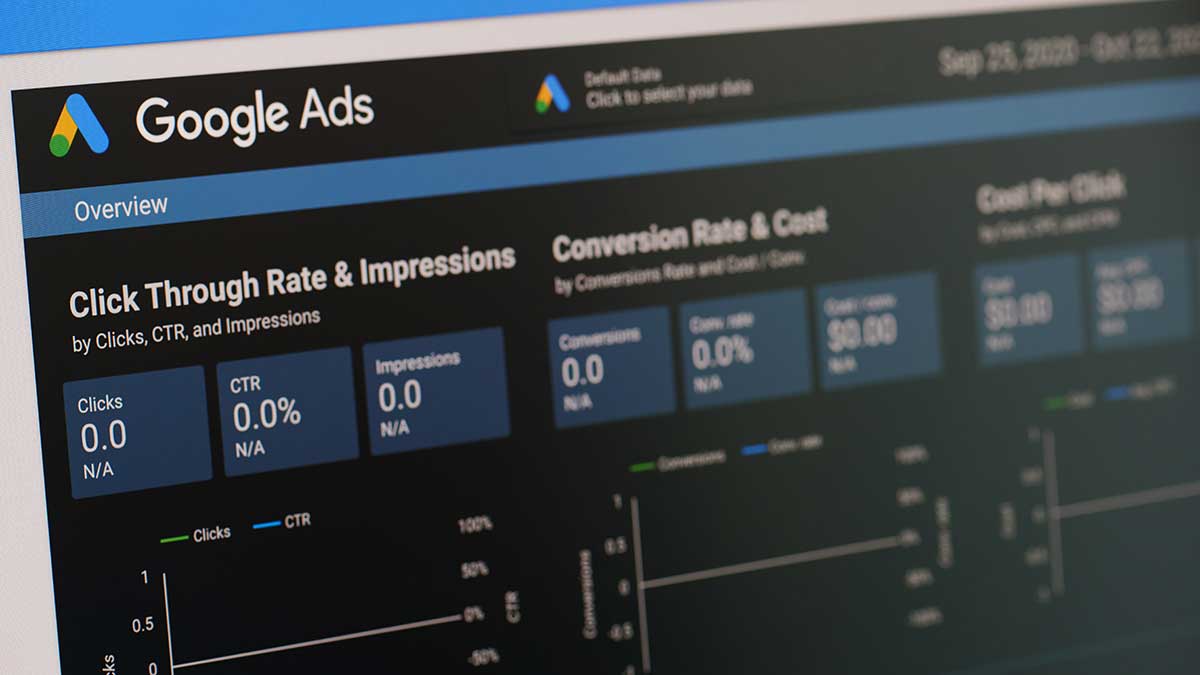When managing Google AdWords (now known as Google Ads) on your own, following best practices can significantly improve your campaign performance and ensure you’re getting the most out of your ad spend. Here are some essential best practices for do-it-yourself Google Ads management.
1. Set Clear Goals
- Define Objectives: Determine what you want to achieve with your Google Ads campaigns, such as increasing website traffic, generating leads, boosting sales, or building brand awareness.
- Use Specific KPIs: Use key performance indicators (KPIs) that align with your goals, like cost-per-click (CPC), conversion rate, return on ad spend (ROAS), and click-through rate (CTR).
2. Conduct Thorough Keyword Research
- Use Keyword Planner: Utilize Google’s Keyword Planner or other keyword research tools to find relevant keywords for your industry, products, or services.
- Focus on Long-Tail Keywords: Long-tail keywords are often less competitive and more targeted, which can result in higher conversion rates and lower CPC.
- Include Negative Keywords: Regularly update your negative keyword list to avoid showing ads to irrelevant search queries, thus saving budget and improving ad relevance.
3. Optimize Ad Copy and Extensions
- Write Compelling Ad Copy: Craft clear, concise, and compelling ad copy that highlights unique selling points (USPs) and includes a strong call to action (CTA).
- Use Ad Extensions: Implement ad extensions like sitelinks, callouts, structured snippets, and location extensions to provide additional information and improve ad visibility.
4. Structure Campaigns Strategically
- Organize Campaigns and Ad Groups: Group related keywords into tightly themed ad groups to improve ad relevance and quality scores. Ensure each campaign has a clear structure based on goals or product categories.
- Use Single Keyword Ad Groups (SKAGs): Consider using SKAGs for better control over ad messaging and bidding for specific high-value keywords.
5. Optimize Landing Pages
- Ensure Relevance: Align your landing page content with the ad copy and keywords to improve user experience and Quality Score.
- Improve Page Speed: A fast-loading landing page enhances user experience and can improve your ad’s Quality Score, leading to better ad placement and lower costs.
- Implement Clear CTAs: Use prominent and persuasive CTAs on landing pages to guide users toward the desired action, such as signing up, purchasing, or contacting.
6. Monitor and Adjust Bids
- Start with Manual Bidding: Start with manual CPC bidding to have better control over your budget and gradually switch to automated bidding strategies as you gather more data.
- Adjust Bids Based on Performance: Regularly monitor performance and adjust bids for keywords, devices, locations, and times of day that yield the best results.
7. Utilize Audience Targeting
- Remarketing Lists: Use remarketing lists to target users who have previously visited your site, as they are more likely to convert.
- In-Market Audiences: Target users actively searching for products or services like yours with in-market audiences.
8. Implement Conversion Tracking
- Set Up Conversion Tracking: Ensure conversion tracking is correctly set up to measure the effectiveness of your campaigns and understand which keywords, ads, and landing pages drive the most conversions.
- Track Micro and Macro Conversions: Track both smaller engagements (micro conversions) like newsletter signups and significant actions (macro conversions) like sales to get a complete view of your campaign performance.
9. Analyze and Optimize Regularly
- Perform Regular Analysis: Regularly review your campaign performance to identify areas for improvement. Look at metrics like CTR, conversion rate, and Quality Score.
- A/B Test Ads: Run A/B tests on different ad variations to find the most effective headlines, descriptions, and CTAs.
10. Stay Updated on Google Ads Changes
- Keep Up with Updates: Google Ads regularly introduces new features and changes to the platform. Stay informed about updates to make the most of new tools and capabilities.
11. Manage Budget Wisely
- Set Daily and Monthly Budgets: Define a daily budget to control spending and avoid overspending. Keep an eye on your budget allocation to ensure funds are directed toward the most effective campaigns.
- Use Shared Budgets: If you have multiple campaigns, consider using a shared budget to optimize spending across campaigns automatically.
By following these best practices, you can effectively manage your Google Ads campaigns and maximize your return on investment. Remember, regular monitoring and adjustments are key to maintaining optimal campaign performance.
Image: PixieMe – stock.adobe.com
- How a Boutique Web Design Agency Offers More Personalized Service - June 23, 2025
- When Should You Redesign Your Website? 7 Warning Signs - June 20, 2025
- We’re Honored: Named One of the Best Web Design Blogs in Florida by FeedSpot - June 10, 2025




